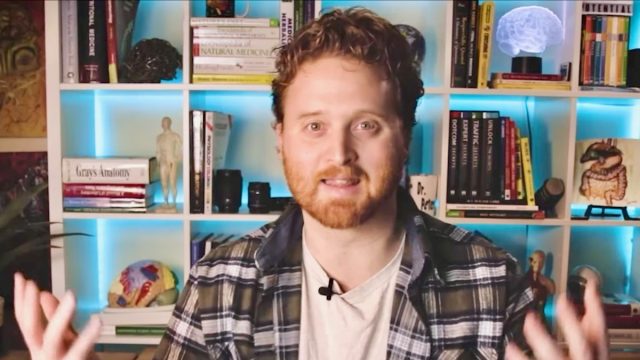He Gave Up Sugar for 30 Days and These 5 Things Happened to His Body
Are you considering quitting sugar? Dr. LeGrand Peterson, ND, is a doctor and social media influencer who specializes in ADHD symptoms. In a recent viral video, he reveals that he ditched sugar for a month and experienced major health benefits as a result. "I decided to do no sugar for 30 days. And here's exactly what happened," he says in the YouTube clip.
There Is Research That a Low Sugar Diet Improves ADHD
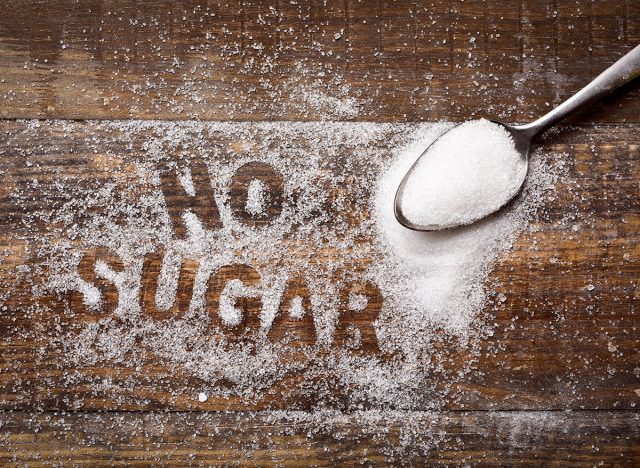
He starts by explaining why he opted to do 30 days with no sugar. "I do have ADHD, and there is lots of research out there on how doing a low-sugar diet can help improve your ADHD. But definitely, there are a lot of benefits, not just ADHD, but also other health benefits that can help with it. And it's something I definitely recommend with a lot of my patients and clients and something that I wanna see if it actually benefits my own health as well as helping improve my ADHD," he says in his video.
He Did Eat Fruit
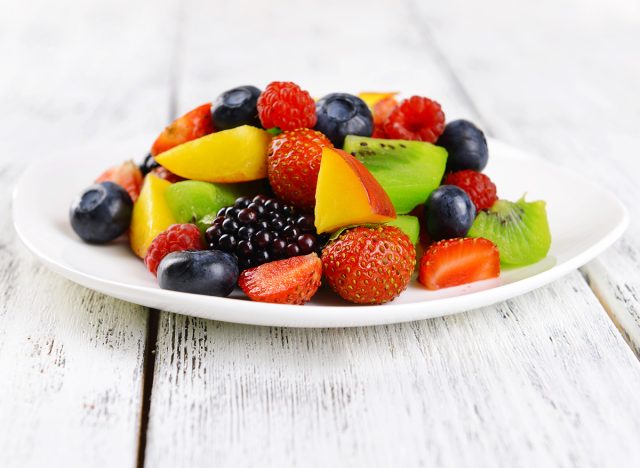
"Now, the biggest challenge that I had to deal with when just getting started of doing no sugar for 30 days, I decided that when it came down to the rules, I was still going to include fruits because I think fruits are healthy. But of course in moderation," he says.
He Wanted to Lower His Blood Sugar
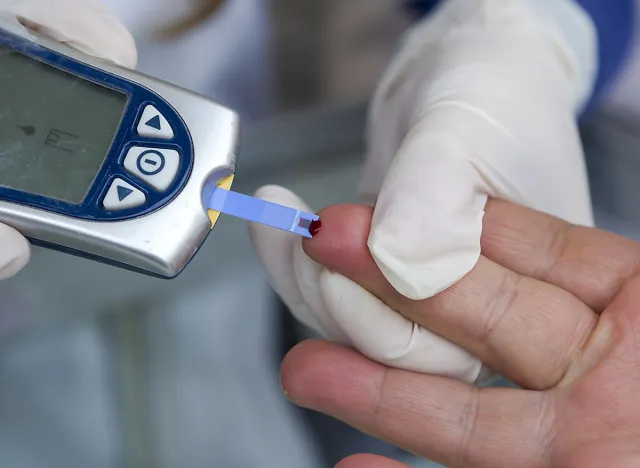
He added that he also wanted to measure his energy and blood sugar levels, "which I probably suspected that my blood sugar levels were definitely really way off," he says, revealing that they were at 116, "definitely nowhere close where I want to be because when you hit 126 and above, that's when you're getting close to the diabetic range. And if you're consistently getting 126 or above, you can be considered diabetic," he says.
He Knew the First Week Would Be the Toughest
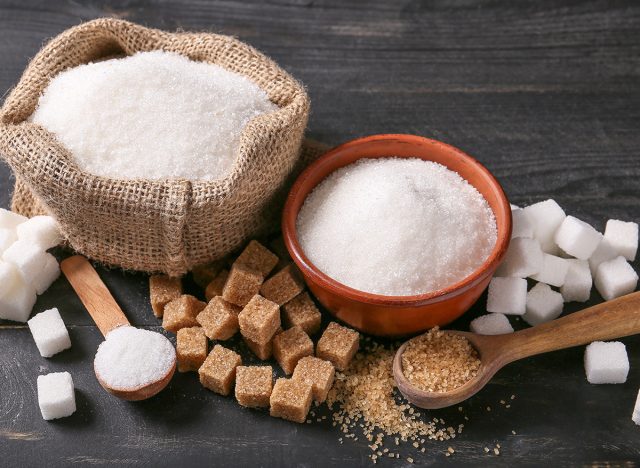
"The first week I would say was probably the toughest for me because when you are doing something extreme where you're getting rid of all sugar, your body is going to go through a lot of different changes. Things are going to be changing chemically and the body's starting to detoxify," he says.
Week One: He Experienced a Bad Headache and Cravings
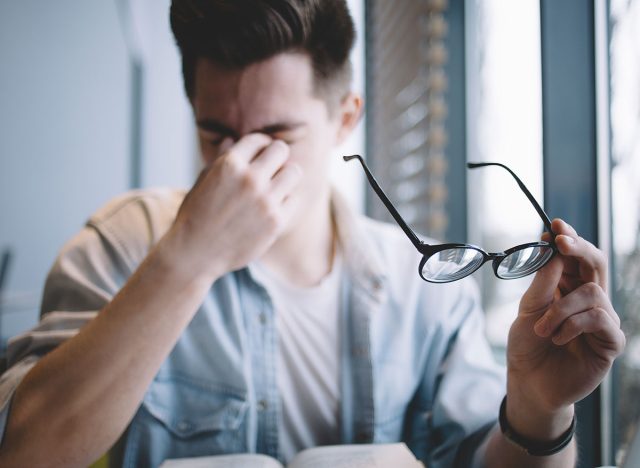
His symptoms included a bad headache. "Maybe I'm going through some withdrawals," he says. He was also, "starting to have some cravings. It's only been a week, and there are so many things that have sugar in them; it's ridiculous. On top of having the headaches that I was experiencing, definitely the cravings are really high because your body's so used to those cravings of having high sugar and eliminating it altogether can make it very difficult."
RELATED: Top 8 On-the-Go Protein Snacks That Burn Fat and Build Muscle
He Didn't Noticed Any Benefits
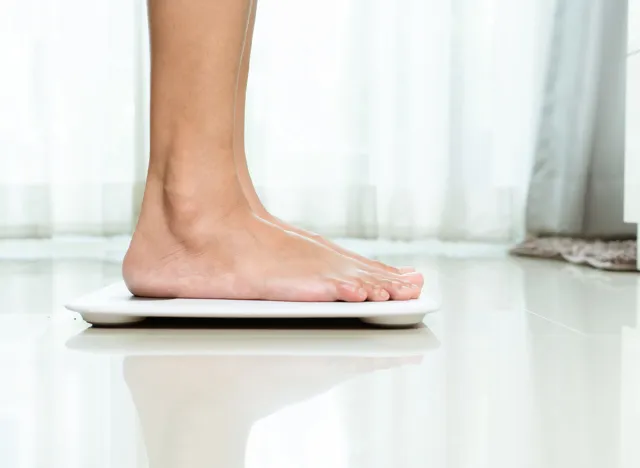
He admits that in the first week, he "didn't really see any benefits, I just saw a lot of the symptoms. But me knowing this and knowing that your body makes these changes, I knew that the first week I wouldn't see much benefits. Instead, I would probably have more symptoms that were making things worse before they actually got better."
Week Two: His Brain Fog Improved, He Had More Energy, Less Headaches, and Less Cravings

By the second week he "certainly started to see some changes where my brain fog was less," he says. "I also started to have more energy. I didn't have headaches anymore, which is great because I commonly get a couple of headaches a week and I didn't have any headaches that week, which is awesome." He said he felt like he "definitely was getting over the hardest part of doing no sugar for 30 days" but was still craving more sweets. "Like the cravings weren't going away just yet. I still had those cravings. And so I had to get really creative with the foods that I was consuming because everything has sugar in it, which is just ridiculous of how much sugar is in our food, especially here in America."
He Also Cleaned Up His Diet

"I certainly saw the difference by cleaning up my diet because it wasn't just about just getting rid of sugar, but also cleaning up my diet. I certainly saw those effects where I just felt healthier and I didn't feel so fatigued and just my over wellbeing just felt great," he said.
RELATED: 10-Minute Workout to Strengthen Your Core Even for Complete Beginners
Week Three: Improved Focus, Productivity, and Energy, Less Bloating

"By the third week I really started noticing a lot of the benefits, especially my focus was really good. I tend to be more productive because I feel like the brain fog really can hinder me while I'm working. And then also I noticed that my energy was improving because I didn't feel bloated at all. I didn't feel all inflamed and just sluggish throughout the day," he says. "There's definitely a lot of benefits that I was noticing when I wasn't doing any sugar within my diet."
Week Four: A Clear Mind, Better Health
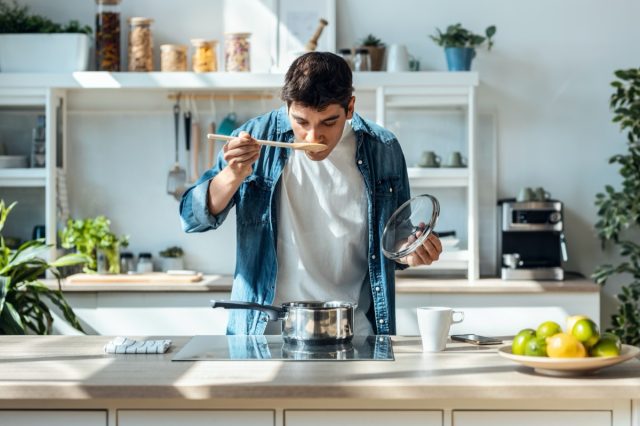
"By the fourth week and beyond going up to 30 days, I certainly noticed not only was my health improving, but on top of my mind was really clear on top of that food started to be had more taste, had more flavor to it without having to put a bunch of sugar or salt and enhancers of any kind because this is something you notice when you do something like this," he says.
His Body Detoxified and He Could Taste Food Better
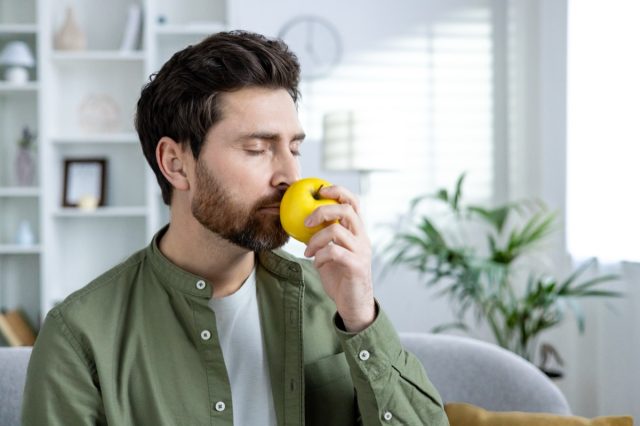
"Your body starts detoxifying, it starts getting rid of all the toxins in your body and you start noticing that your senses start to improve your taste, your sense of smell, your sight, all these things because as your body's cleaning your system out and it's resensitized all your different senses. And that's what I started to notice, especially when it came to just taste."
His Blood Sugar Dropped
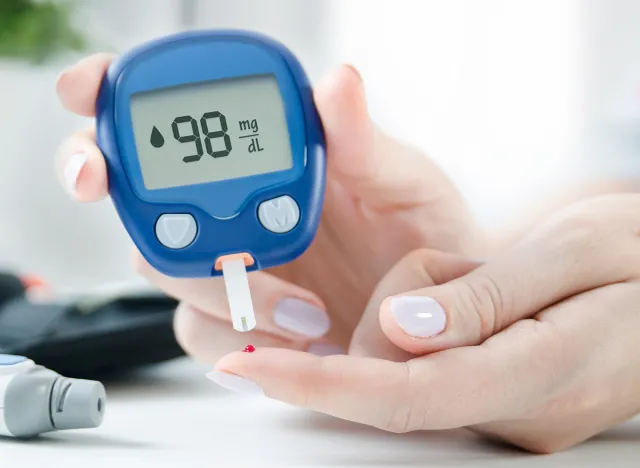
"The big one was of course, checking my blood sugars at the end and these were my results of checking my blood sugars. Now remember they were 116 before," he says, revealing that they dropped down to 106. "Those definitely have improved a lot.
RELATED: 10 Superfoods to Boost Your Brain Function You Should Eat Every Day
He Will Now Eat Less Sugar
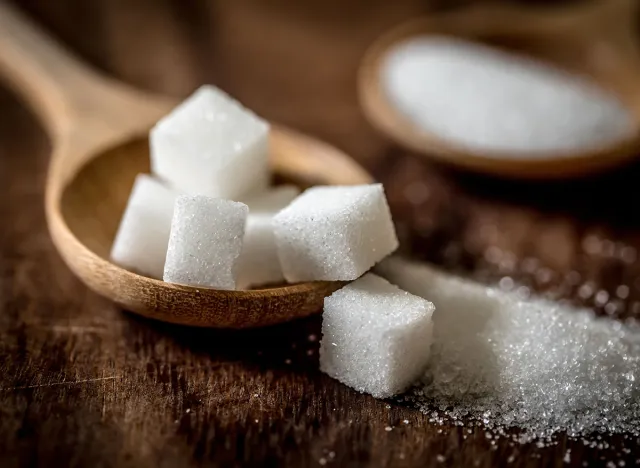
"I definitely still have work to do," he says at the end of the clip. "This is something I definitely need to be continuously implementing." While he isn't going to do no sugar at all, he will "definitely cut back on my sugar intake so I can improve my blood sugar levels where I get back to that 90 to 99 range." And if you enjoyed this article, take advantage of these 15 Quick Ways to Lose Body Fat Percentage in a Week.
